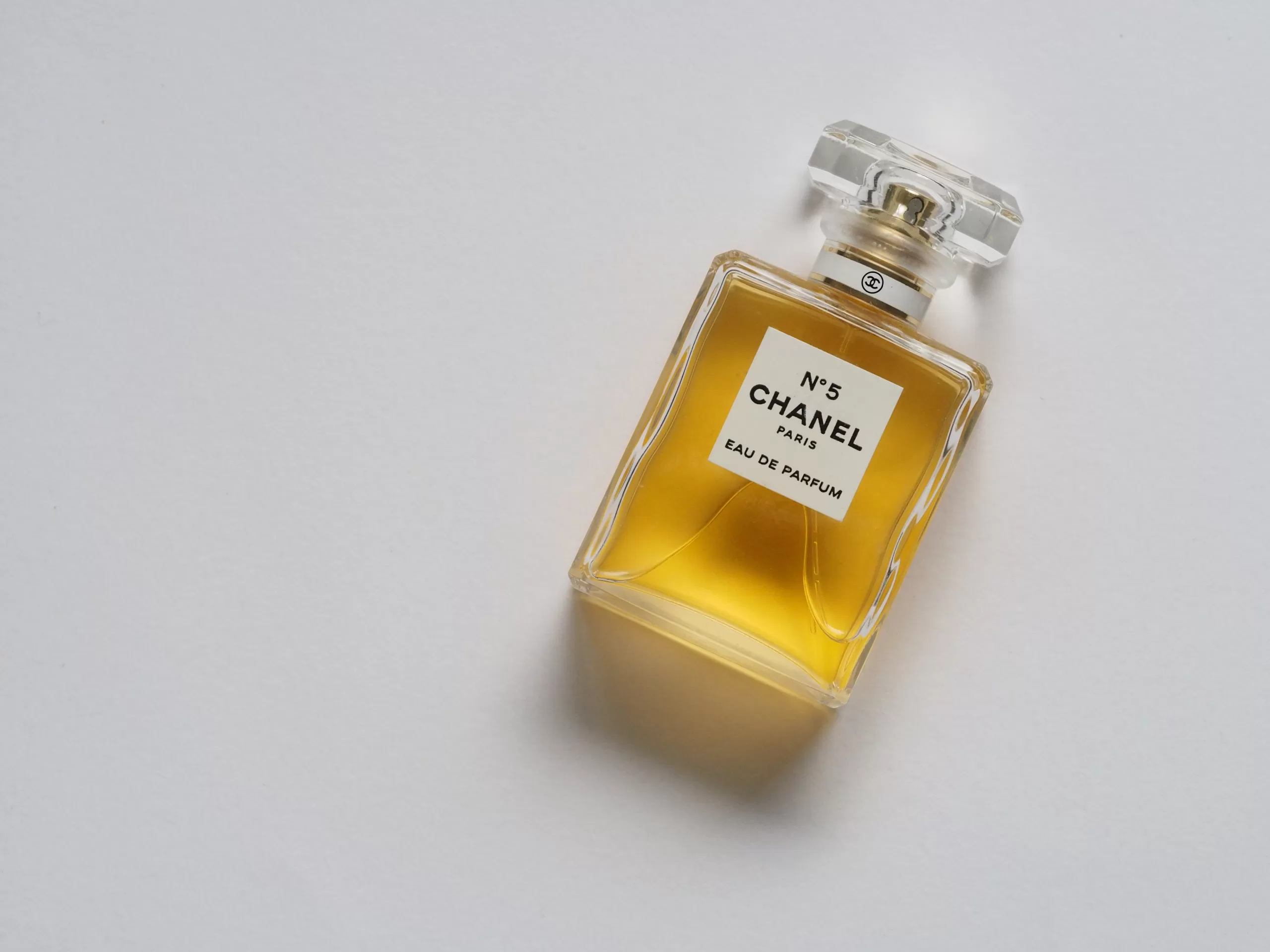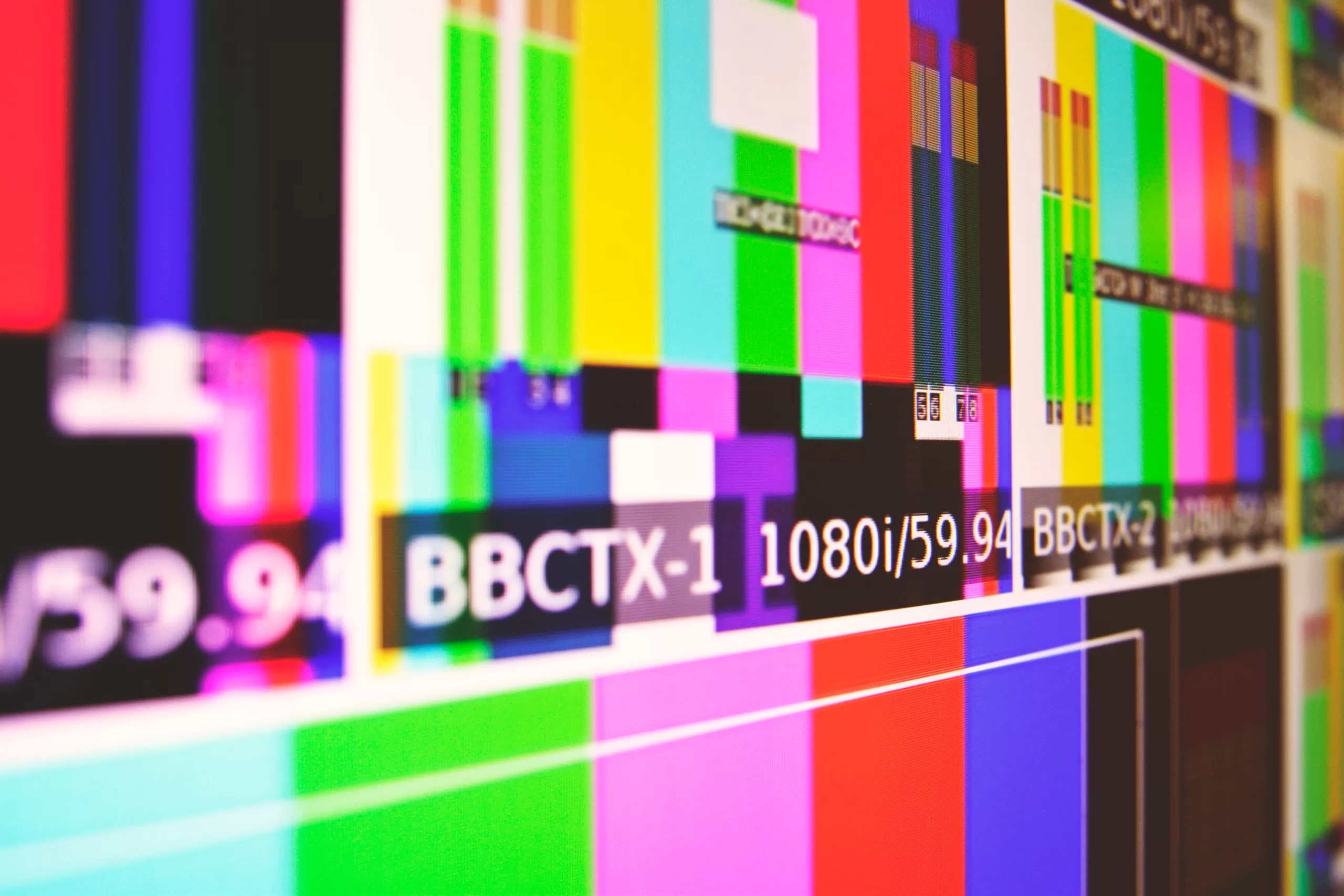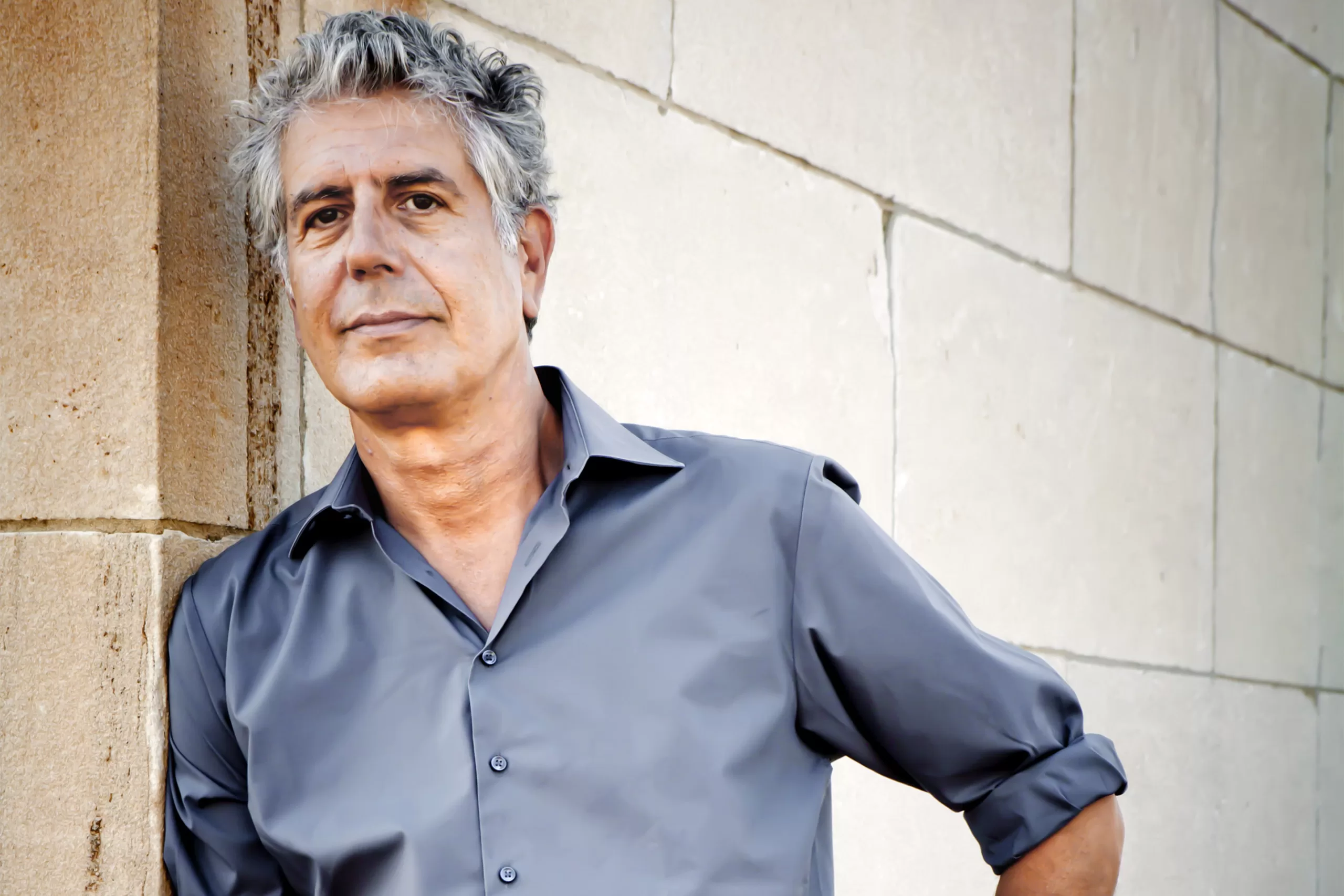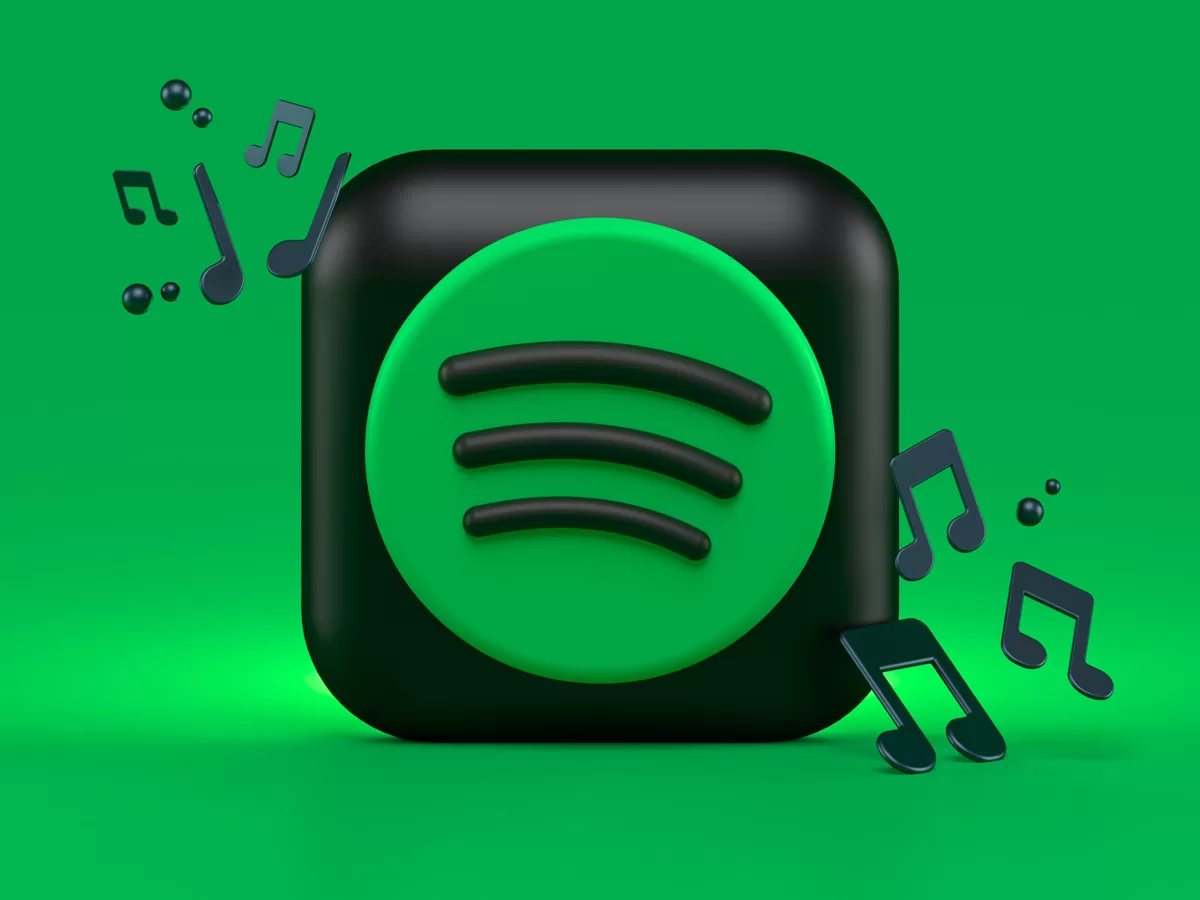Acast is Australia’s biggest creator-first platform, for hosting, monetising and distributing podcasts. This month, Acast released the 2022 edition of its annual Sounds Smart Report.
Acast commissioned Nielsen to survey over 2,000 Australians aged 18+ to better understand why people are listening to podcasts, how and when they’re listening, and the impact podcast advertising is having for brands.
The research revealed:
- 39% of podcast listeners have increased their podcast listening in the last six months and 30% plan to increase their consumption in the next six months.
- 60% of respondents suggest they are immersed/focused when listening to podcasts.
- 30% considered buying, or had made a purchase after hearing an ad on a podcast, compared to commercial radio and music streaming (23%).
- 80% said podcasting content aligns with their passions, and 78% said podcasting provides content they want to dedicate time to.
- Only 17% believe podcast advertising is not relevant to them.
- 49% said that they pay more attention to advertising when it’s read by the podcast host.
- Peak daily listen periods shifted from early morning and evening to steadier, more consistent listening throughout the day.
- 54% listen while walking, and 43% listen while doing housework or gardening.
You can read more about the 2022 Acast Sounds Smart Report here.









